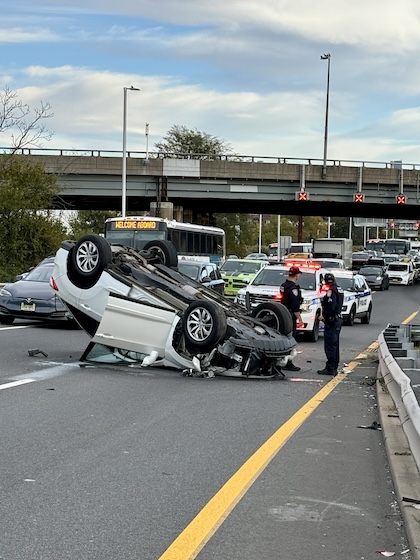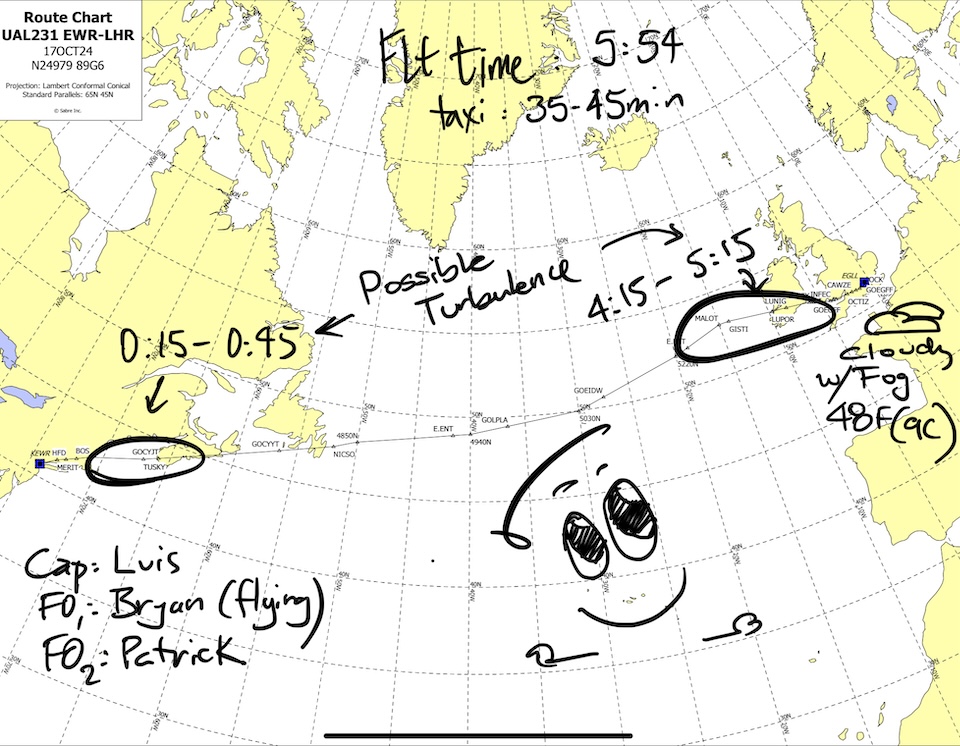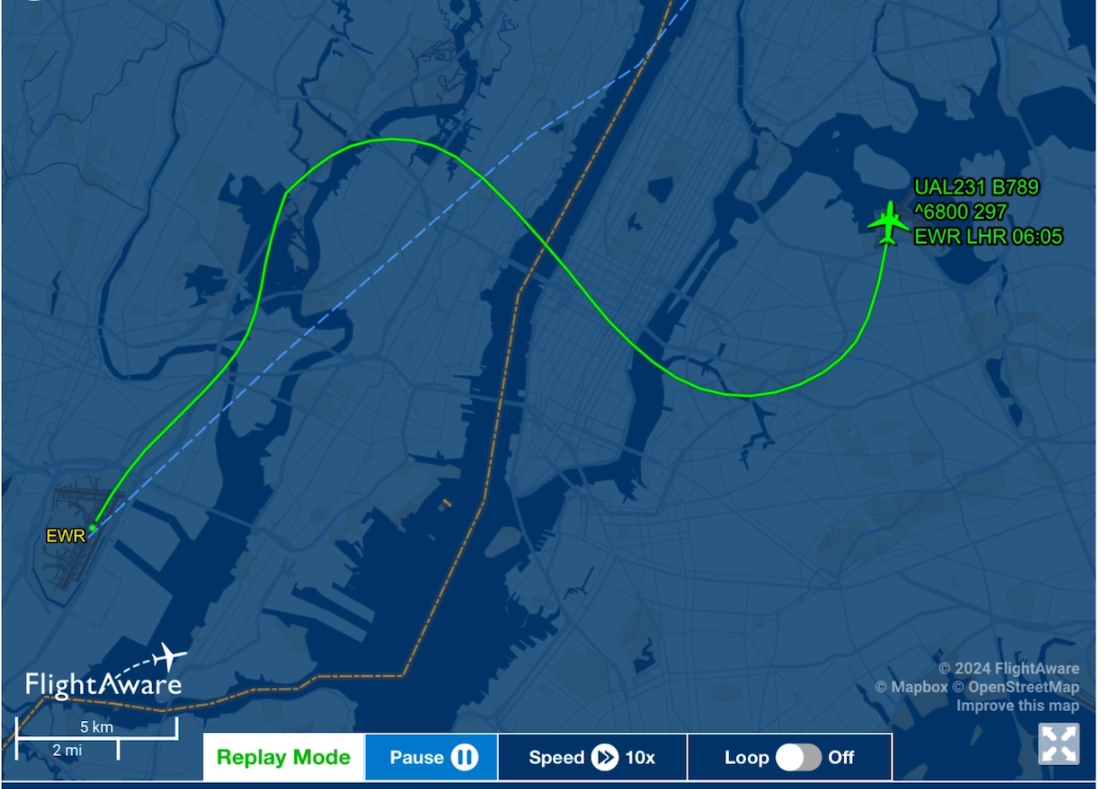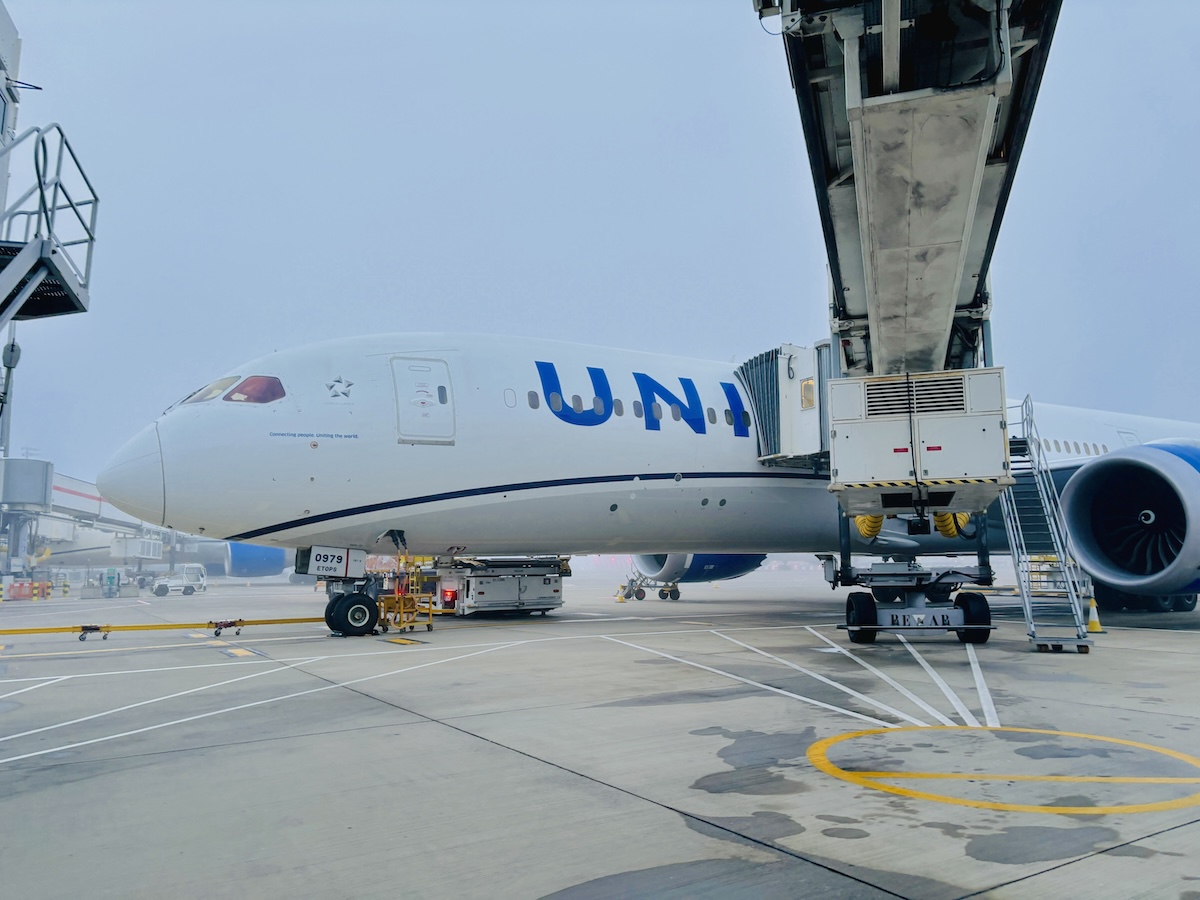From Manhattan Gridlock to London Fog -- A Busy Day in the Life of a Pilot
There are days when going to work feels routine, even when the destination is a beautiful, faraway place. Other days, the experience swings to the extremes—overwhelming, humbling, and unforgettable.
Last October, I had one of those days.
The morning began a little more rushed than usual. The night before, I had gone to a concert with my daughter—a treasured memory—but I was now trying to squeeze in a bit of exercise and a walk before heading to work. I left home about ten minutes behind schedule, but still with enough buffer to navigate Manhattan’s chaotic rush hour. Driving through the city always feels like swimming through a maze.
Once past the Lincoln Tunnel bottleneck, I thought I was in the clear. But just as I started to relax, the unexpected happened. Approaching the intersection with I-95, the car in front of me began to swerve. I watched it wobble, thinking the driver was about to hit the curb—and then it did. The car slammed into the guardrail and, in slow motion, flipped upside down right in front of me.
I braked cautiously, aware of the traffic behind me. The flipped car skidded into my path, and I swerved—missing it by inches. The driver, though disoriented, was safe. I helped him out of the vehicle as the airbags hung limp around him. He looked at me, confused, and asked, "Where was I?" I pointed to his car and gently asked, "Were you asleep?" He replied, "No... I looked down at my phone."

I arrived at the airport still riding a wave of adrenaline, shaken but grateful. Before doing anything else, I conducted a self-assessment to ensure I was fit to fly. Although the adrenaline was still coursing through me, I was deeply aware of how fortunate I was to have made it to the airport safely—and, most importantly, my situational awareness felt heightened. I reached the flight planning room just in time for our briefing and even managed to message the flight attendants before meeting them at the jetway.

Before boarding, I took a few moments to speak to the passengers in the gate area. I let them know about potential delays at Heathrow, but reassured them we were still scheduled to arrive on time. Surprised to hear directly from their captain, and perhaps touched by the gesture, they began to applaud. Just then, one of the cleaners stepped off the jetway and, catching the applause, took a theatrical bow. It brought laughter and a lighthearted moment to what had already been a heavy day.
With the adrenaline still pulsing, I felt sharp and focused. I was flying with Bryan and Patrick, two excellent first officers. It was Bryan’s first trip to London—and his first Atlantic crossing as the flying pilot. I briefed them on the day’s earlier events and reminded them to stay alert to any emotional hangovers from earlier.
We pushed back two minutes early and, incredibly, taxied for only 22 minutes—nearly a miracle at Newark during the 7:30 PM rush. We departed from runway 4L and climbed quickly to 3,000 feet. Then came an unexpected treat: Departure Control gave us an easterly heading over Manhattan at 5,000 feet. One of the crew mentioned this was likely due to the recent Newark and Philly TRACON reconfiguration.
Whatever the reason, it was the most breathtaking tour of the city I’ve ever had from the flight deck. Flying so close, I felt as if I could look down and see my family in our living room. As we turned north, climbing, I felt overcome by a deep sense of joy and gratitude.

We had briefed the flight attendants on possible turbulence early in the flight, and I assured them we’d do everything we could to avoid it. The Dreamliner, flying light, performed beautifully. By the time we reached Boston, we were cruising at 39,000 feet with only mild bumps.
I thought the most dramatic parts of the day were behind me. But shortly after returning from my rest break, the purser, André, informed us a passenger was on oxygen and needed medical attention. Almost simultaneously, we received a new reroute into London. We relayed the passenger’s condition and the reroute to our dispatch team, who coordinated with MedLink—our medical advisory service. After assessing the situation, MedLink advised us to continue to London.
Coordinating all of this—relaying medical information, evaluating options, communicating via Satcom, and executing the reroute—while simultaneously flying a widebody jetliner safely across the Atlantic, felt like trying to juggle with one hand.
Thankfully, our crew resource management (CRM) training kicked in. We divided tasks, stayed calm, and handled it all efficiently—thanks to a solid, professional crew.
As we prepared for our approach, the latest ATIS update reported visibility at just 200 meters RVR—about 700 feet. That meant we would need to perform an AUTOLAND. We held for 20 minutes at Bovingdon (BNN) while we switched roles: Bryan had been the flying pilot, but for the autoland, I would take over.
Descending over downtown London, the "constant descent approach" designed to reduce noise felt anything but constant, thanks to multiple amendments from Heathrow Director. We approached runway 27R with visibility varying between 350 and 450 meters, with the sunrise just moments away but not quite there.
We landed in darkness, the runway lights piercing the fog. And then came the words from ATC, as sweet as a lullaby after a long day: "Follow the greens to your gate."
Despite everything, we arrived 13 minutes early.

As I stepped off the jetway, relief washed over me—until I realized I’d left my phone in the crew rest bunk. Clearly, my mind was already in bed.
On the van ride to our layover hotel in downtown London, I looked out the window and reflected. It might have been one of the most eventful days I’ve had in my career. Long, challenging, and intense—but also full of human connection, teamwork, beauty, and a deep appreciation for this extraordinary life we lead as pilots. I also reflected on the fortune of having a mindfulness practice to keep it all balanced!